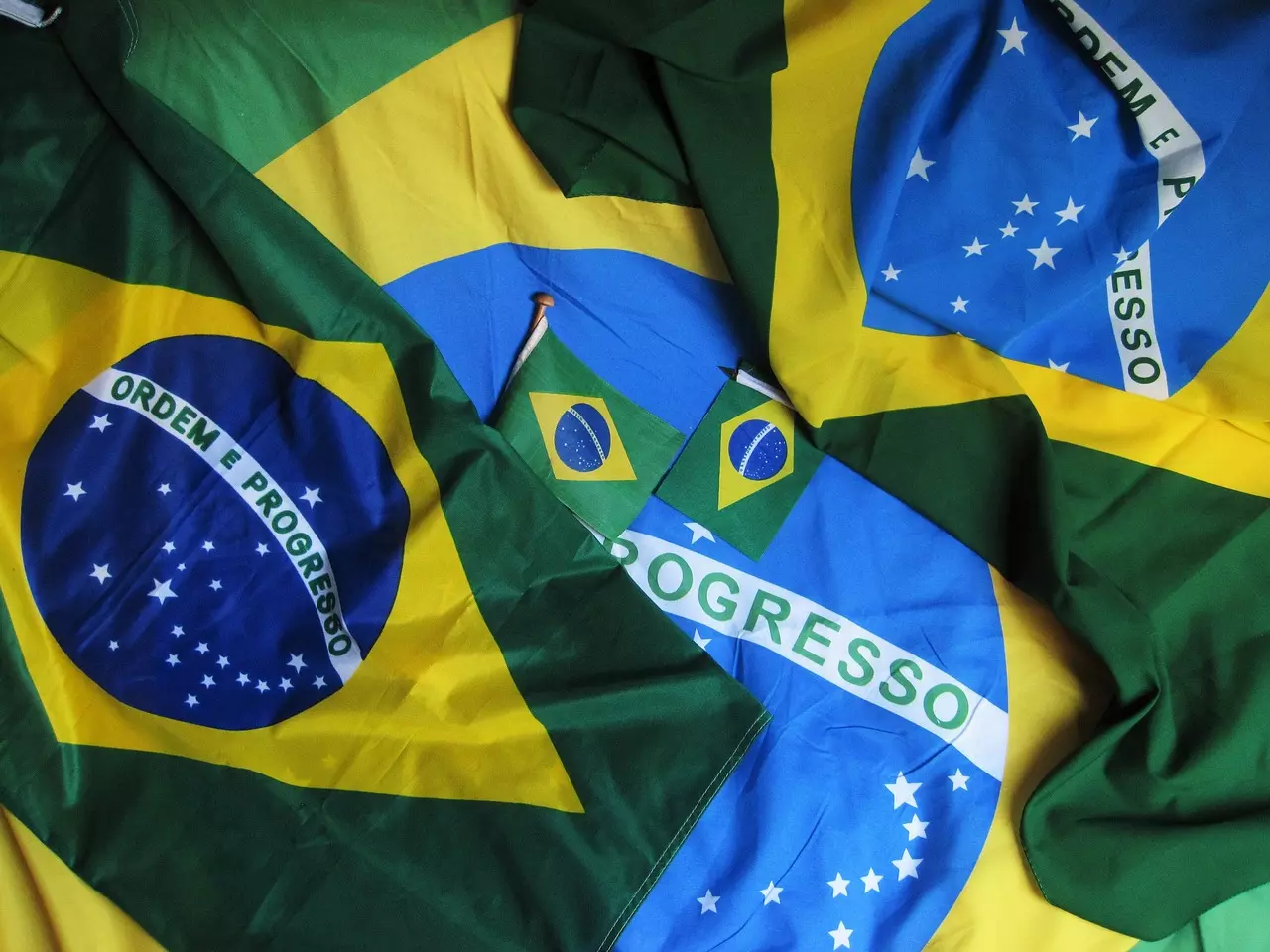Brazil has a longstanding love for football and a fantastic tradition of nurturing young talent . Think of all the legendary players the country has produced and you will not be able to count them on both hands. Pele, Ronaldo, Ronaldinho, Kaka, Rivaldo, Romario, Roberto Carlos, Cafu, Garrincha, and Neymar are already 10. Brazilian football has delighted fans from all over the world, and Brazil has won the most World Cups, with 5 titles. However, where did it all start?

Origins of Football in Brazil
Thomas Donohoe, a Scottish immigrant, is regarded as the father of football in Brazil. He immigrated to the country in 1894, to expand his calico printing business. He had a workforce of 10 British people, and they began playing football amongst themselves. By 1897, the workers asked the factory owners to help form a club, but this was turned down. Football was not an unknown game in Brazil at the time. Other British immigrant workers had played it in the 1870s but purely recreationally. In 1888, the first sports club was founded, Sao Paulo Athletic Club. A number of other clubs were also formed in the Sao Paulo area, and in 1901 the Liga Paulista de Foot-Ball was founded. This organisation launched the first Campeonato Paulista in 1902, a competition that is still played today. Eventually, Donohoe was given permission to found Bangu Athletic Club. The club was established in 1904 and it was the first club to feature black and mulatto players. The popularity of the sport was growing exponentially and it was no longer just a hobby sport for British immigrants.
John Miller, another Scottish expatriate, sent his 10-year-old son, Charles Milner, to study in England. Charles became a skilled athlete and played in an English football club called Corinthian FC. When he returned to Brazil, he brought his equipment and a football rulebook. He had an important role in establishing Sao Paulo Athletic Club and played there as a striker. His skill was far beyond any of his teammates and his signature move of flicking the ball with his heel became known as the "Chaleira". In 1910, he established a new club and named it after his English club, Corinthians.
Disaster Followed by Glory
The first World Cup was held in Uruguay in 1930. The aim of the tournament was simple: to unite the football federations from around the world in a single competition that would crown a country as world champions. Brazil entered the first three editions of the World Cup, from 1930 until 1938. After the Second World War, the competition was abandoned for 12 years. Brazil had the honour of hosting the first World Cup after the war, in 1950. They were heavily tipped to win due to the home advantage and the sheer talent in the squad. In the very last match of the final round, Brazil had to play against Uruguay - and the winner would become the World Cup champions. Despite taking an early lead, Brazil eventually lost.
The nation was distraught. Brazil had to rebuild, and they were eager to set the record right. They did not perform well in the following World Cup, but everything changed in 1958. In that competition, Brazil not only won the title but it was the introduction of Pele to the global football scene. Pele, only 17 years old at the time, scored 6 goals in the competition and wowed football fans from around the world with his exceptional skills. He used bicycle kicks, feints, dummies and all sorts of tricks that were not commonplace in football at the time. Brazil won the World Cup that year and with the help of Pele, the team added 2 more titles to their trophy cabinet in the following 12 years.
Golden Generation Up Until Now
Another great era in Brazilian football was the 90s and early 2000s, with the golden generation of players. Cafu, Roberto Carlos, Ronaldo, Rivaldo, Ronaldinho, and later Kaka, all stunned the world with brilliant skill and tantalising football. Major European clubs such as Real Madrid, Barcelona, and AC Milan snapped up a number of these players. Brazilian players were in extremely high demand in Europe and they could command enormous fees and salaries.
Brazilian players remain highly sought after to this day with several European teams regularly scouting Brazil for promising youth players. Neymar, Gabriel Jesus and Vinicius Jr are just a few examples of Brazilian footballers who were brought to Europe and now play in some of the world’s top teams. The newest addition to the list of promising Brazilian starlets is Endrick, who was bought by Real Madrid. He is set to join Los Blancos in 2024, and until then he will be playing in Palmeiras.
Important Tips for Betting on Brazil
Brazil plays very much as a team, without relying on one player to score or provide assists. All the attacking players share goal-scoring duties, and therefore you should be wary of placing player props when betting on Brazil.
On the plus side, the team usually scores multiple goals in a game, making handicap betting and total goals bets potentially lucrative. They also usually dominate games from beginning to end, so it is always worth checking the halftime/fulltime result bets. Correct score bets are notoriously difficult betting markets, especially when Brazil can win by 3 goals, 4 goals, or more. There is no such thing as a guaranteed bet, but every time Brazil takes to the pitch, they have the potential to make history.
 Have Live Dealer Games Reached Their Full Potential?
Have Live Dealer Games Reached Their Full Potential? 2024 WNBA Playoffs: Preview and Betting Markets
2024 WNBA Playoffs: Preview and Betting Markets 10 Reasons Why VR Casinos are the Future of Online Casino Gaming
10 Reasons Why VR Casinos are the Future of Online Casino Gaming 10 Unconventional Tips for Responsible Gambling in 2024
10 Unconventional Tips for Responsible Gambling in 2024 Slot Machine Design and Player Psychology Explored
Slot Machine Design and Player Psychology Explored Melinda E.
Melinda E. Hayley M.
Hayley M. Sergiu M.
Sergiu M.